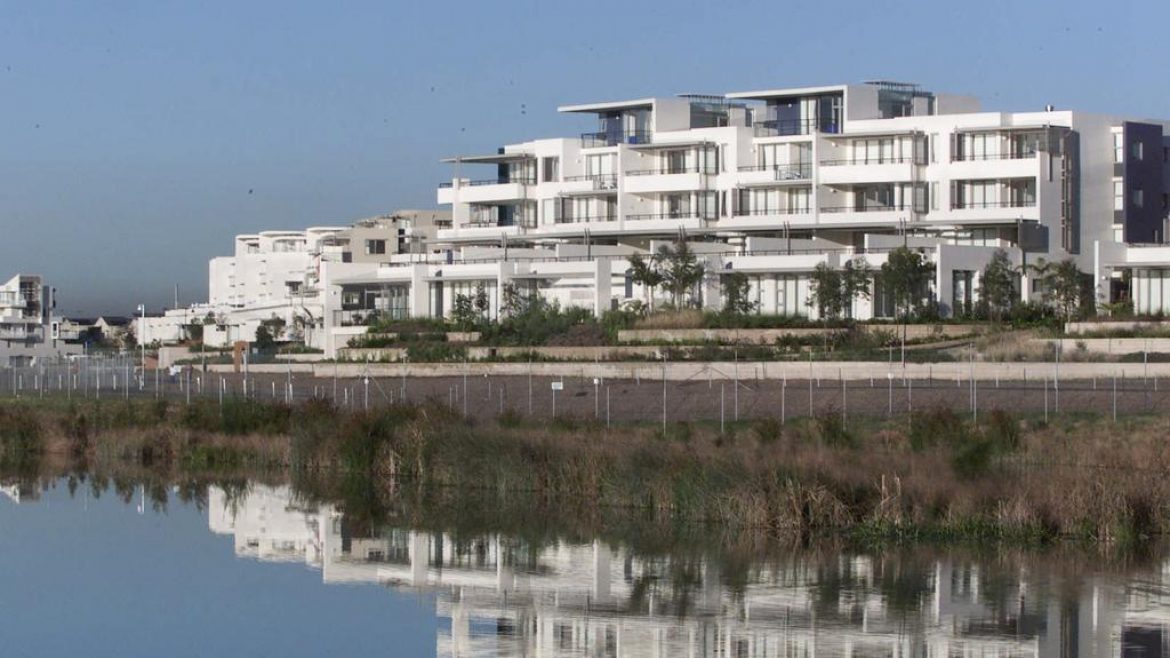
The Athletes Village at Newington in September 2000.
It was a triumph of human spirit and athletic prowess but the 2000 Sydney Olympics also kickstarted a revolution in the way we live.
Twenty years on, the Olympic Park area and former athlete’s village have become a blueprint for the modern Aussie housing development, launching innovations widely used today.
But it is also one of the Sydney regions that’s undergone some of the biggest changes.
High-rise apartments now tower over the sporting complexes and surrounding suburbs such as Rhodes and Wentworth Point are among the most densely populated in the country.
MORE: Cate Blanchett sells $12m unit in the Astor
Worst house on best streets sells $2m over reserve
The suburb of Newington, which housed the athlete’s village, has become a popular enclave.
With that popularity has come a surge in prices. The median price of a house in Newington was $410,000 in 2000 but it has since grown to $1.34m, according to realestate.com.au data.
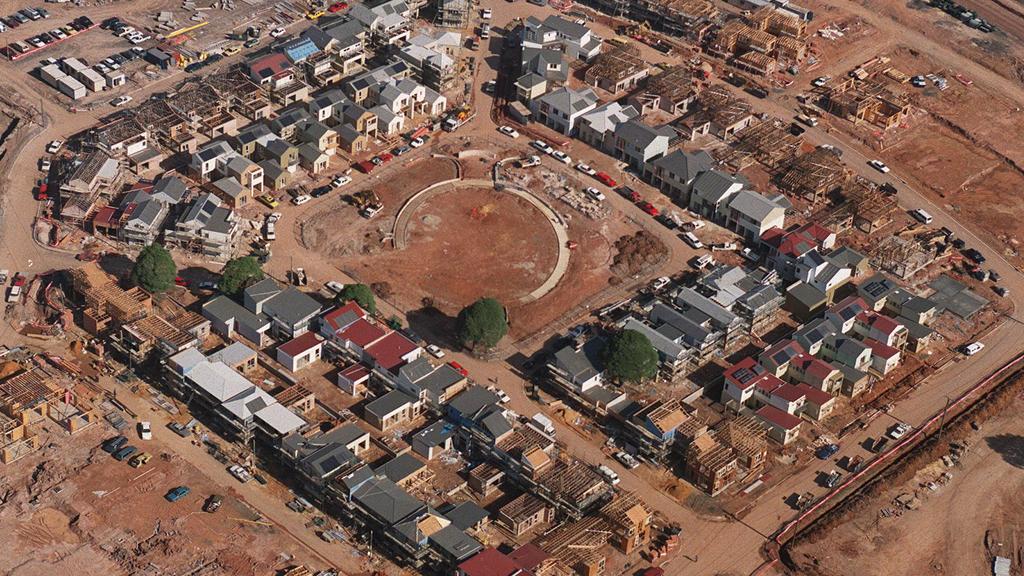
Newington in the lead up to the 2000 Olympics.
Mirvac general manager for residential Toby Long, who was involved in the construction of the village, said these changes belied the monumental impact the athlete’s village had on the housing market.
“It was well ahead of its time,” Mr Long said. “There were a bunch of key sustainability principles established and it set a benchmark for how you design masterplanned communities.
“If you look closely at new developments you will see a lot of the same things they did in Newington, that same footprint.”
The athlete’s village was considered one of the most ambitious Olympic construction projects attempted at the time.
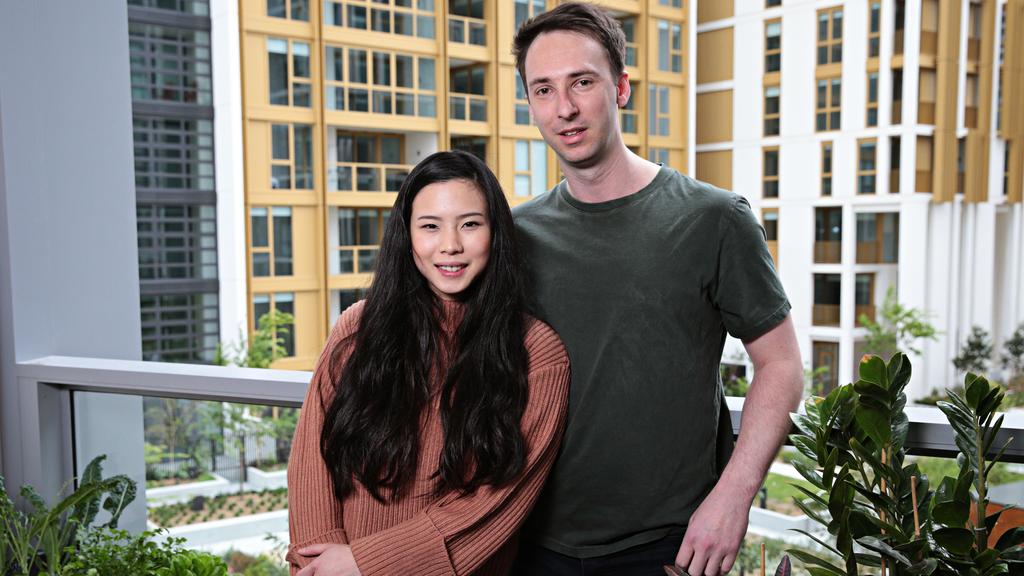
Marissa Li and David Armsden at their home in Sydney Olympic Park. Picture: Adam Yip
The Sydney Olympic Park Authority signed a $590m contract with a consortium of banks and developers, including Mirvac, in 1997.
The contract, part of $3 billion of construction and capital works for the games, was to plan, design, finance and build housing for 15,300 competitors and team officials.
Newington was chosen as the site because of its proximity to the sporting facilities and ample land available – the area was previously used as an armoury and featured open plains and bunkers.
The houses, townhouses and units built by the consortium for the games were sold as private homes after the Paralympics.

The Newington village was considered a groundbreaking development at the time.
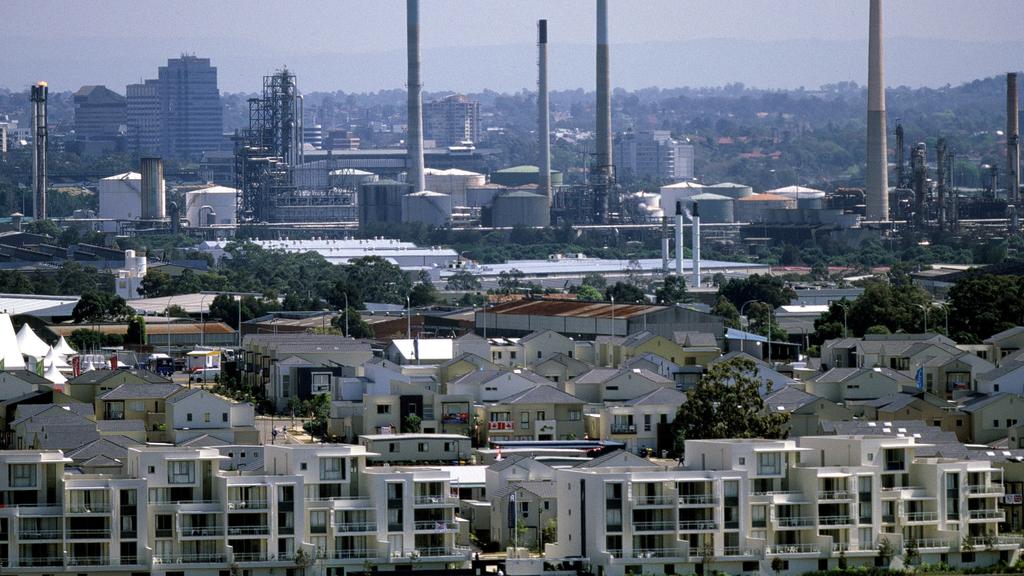
The area was previously used as an armoury, with industry surrounding it.
There were also module homes that were dismantled and sold off to private buyers – many of which are now holiday homes in locations scattered up and down the NSW coast.
Mr Long said it was one of the rare instances around the world of an Olympic project not becoming a “white elephant”.
“It’s transitioned well from an Olympics site to a neighbourhood,” he said. “The growth has been quite phenomenal and people have developed an affinity for the location.”
Part of the success was the combination of easy access to sporting facilities, wide roads and footpaths, along with the pioneering use of solar power and recycled water, he said.
“Not many people realise there is also a substantial green belt in the area now,” Mr Long said.
“In 2000 you could drive to the top of (Newington) and see all the houses but you can’t now because the trees have grown over that vista.”
Horwood Nolan agent Shane Sullivan has sold numerous homes in Newington and the surrounding area and said the area has become a vibrant suburb.
The suburb and Olympic Park were now at the centre of Sydney, with roughly an equal number of people living east and west of them.
He added the suburbs were also between the city’s three biggest employment hubs in Parramatta, Macquarie Park and the Sydney CBD.
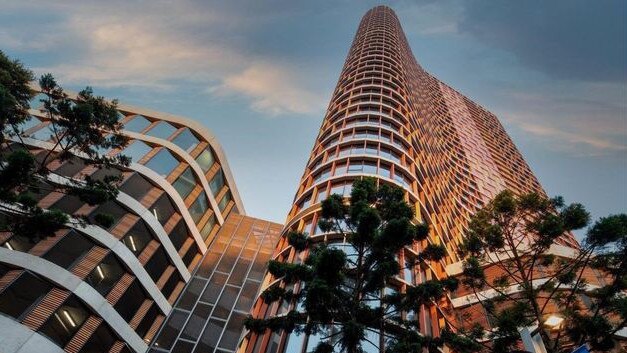
Sydney Olympic Park has many high-rise buildings today.
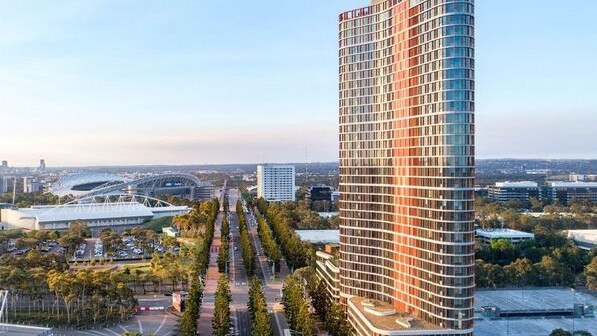
The area has changed a lot in 2020.
“Most of our buyers for houses actually already live in the area. We find once they come here they tend to stay for good,” Mr Sullivan said.
Olympic Park residents Marissa Li and David Armsden recently purchased a unit in new development Pavilions and said the Olympic legacy made the area attractive.
“We were previously living in Wolli Creek where there is also lots of new housing but Olympic Park is much better designed,” Ms Li said.
“We like that the roads are wide and there’s cycling paths everywhere. I had driven past many times and always loved the parks … it’s a good place to wind down after work.”
The post How Sydney 2000 Olympics kickstarted a housing revolution appeared first on realestate.com.au.

